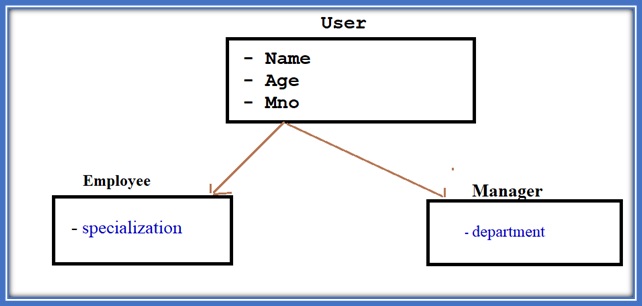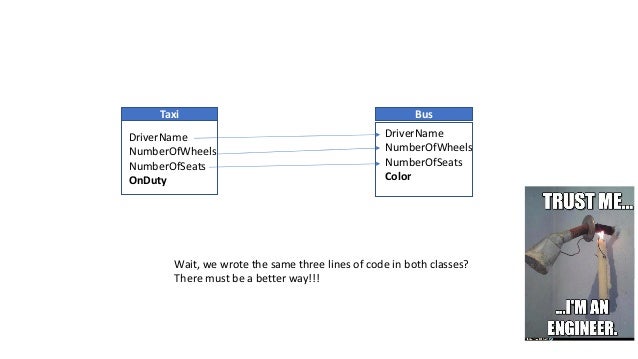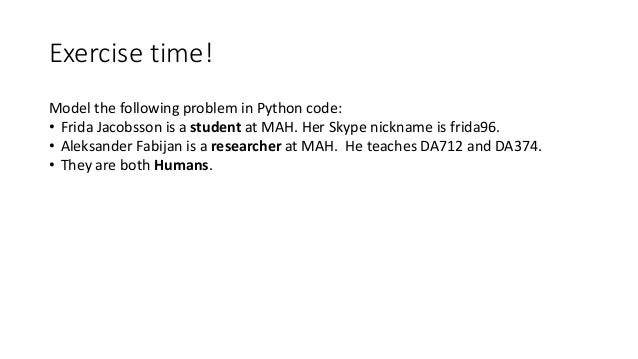


Class-modifying inheritance patterns can be pre-defined according to simple network interface parameters such that inter-language compatibility is preserved. The term "inheritance" is loosely used for both class-based and prototype-based programming, but in narrow use the term is reserved for class-based programming (one class inherits from another), with the corresponding technique in prototype-based programming being instead called delegation (one object delegates to another). The relationships of objects or classes through inheritance give rise to a directed acyclic graph.Īn inherited class is called a subclass of its parent class or super class.
#Python oop inheritance software
Inheritance allows programmers to create classes that are built upon existing classes, to specify a new implementation while maintaining the same behaviors ( realizing an interface), to reuse code and to independently extend original software via public classes and interfaces. In most class-based object-oriented languages like C++, an object created through inheritance, a "child object", acquires all the properties and behaviors of the "parent object", with the exception of: constructors, destructors, overloaded operators and friend functions of the base class. Also defined as deriving new classes ( sub classes) from existing ones such as super class or base class and then forming them into a hierarchy of classes. In object-oriented programming, inheritance is the mechanism of basing an object or class upon another object ( prototype-based inheritance) or class ( class-based inheritance), retaining similar implementation. ( April 2015) ( Learn how and when to remove this template message) Please help improve this article if you can.

This article may require cleanup to meet Wikipedia's quality standards.


 0 kommentar(er)
0 kommentar(er)
